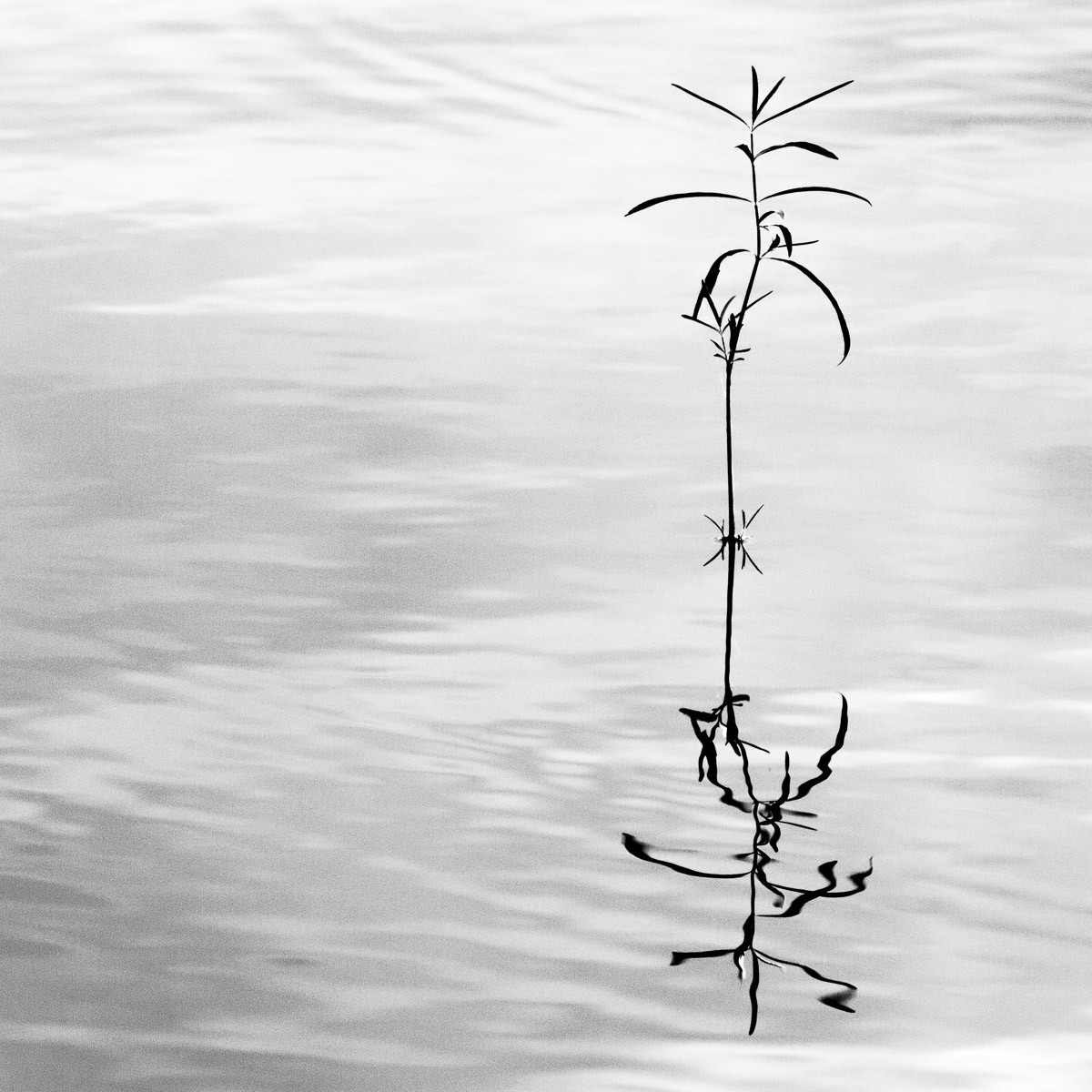I have just over 10,000 photographs that I’ve captured over the years that will likely never see the light of day. From time to time, I tell myself there’s no reason to keep them and to go ahead and delete them. I never do it, though. Why do I continue to keep these files on my computer? Because, every so often, I will look through some of these old images and come across one that has potential that I didn’t recognize when I originally took it years ago. A diamond in the rough, so to speak. This image, captured in 2014, is one of those diamonds in the rough.
I was visiting a small park area on the bank of Lake Maumelle, which is located just west of Little Rock. I was wanting to capture the sunrise, so I arrived quite early to get everything set up. The conditions were perfect. There was a nice layer of clouds overhead that would catch the morning light while the horizon was cloud free to let the sun shine through. It didn’t take long before the sky began to brighten, and the sun began to rise. I pressed the shutter button and captured one of my favorite images I have in my library.
Soon afterward, the sun disappeared behind the clouds, and the incredible light show was quickly over. But, I decided to sit on a small park bench behind me for a few minutes and just enjoy where I was at and the cool air I was in (or, at least as cool as it can be for a late July morning).
As I sat on that bench, I noticed a single stem of a water plant jutting above the surface of the lake. Now, there were a lot of similar plants standing throughout that part of the lake, but they had grown into thick areas of plantlife. But, this one was all alone.
As I became fixated on this single plant, I noticed how steady it was even though the water around it was moving and rippling, I thought it might make for an interesting photograph. So I attached my 70-200mm lens, set the focal length to 200mm, and pressed the shutter button. Shortly thereafter, I packed up my equipment and headed home.
When I got home and reviewed the image, it just didn’t have the visual appeal I had expected. Frankly, I was somewhat disappointed with it. I moved on and quickly forgot about it.
Fast forward eight years, and I’m going through some of my old photographs for the thousandth time when this image catches my eye. I decide to work with it to see what I can create.
The first thing I noticed is that the small plant, the subject of the picture, was lost in the frame in the image’s native 3:2 aspect ratio. I decided a square crop better emphasized the plant; then it was a matter of positioning the plant in the frame. I moved the image around trying to find the right placement. Noticing its rippled reflection in the water, I positioned the image so the top of the plant and the bottom of the reflection were equidistant from the top and bottom of the frame creating symmetry.
I converted the file to black and white and adjusted the setting to create a more minimalist, high-keyed image, which reflected what I envisioned in my mind.
There were several spider web strands strung between the plant’s leaves that were catching and reflecting the early morning light. They reminded me of the streaks you might find on an old filmstrip that was exposed to radiation. I found them rather distracting, so I spent time removing them using the spot healing tool.
This photograph was taken with my old Canon 5D Mark II. While the camera was amazing, it did not handle digital noise as well as today’s cameras do even at 200 ISO, which was what I used for this image. But, a small adjustment resolved that problem.
